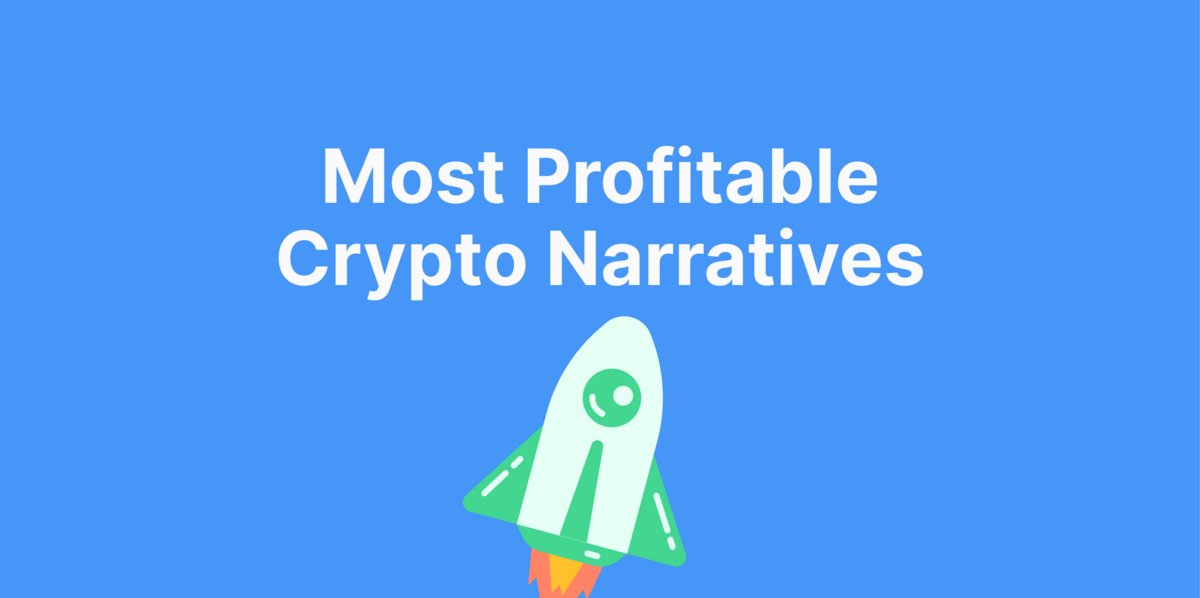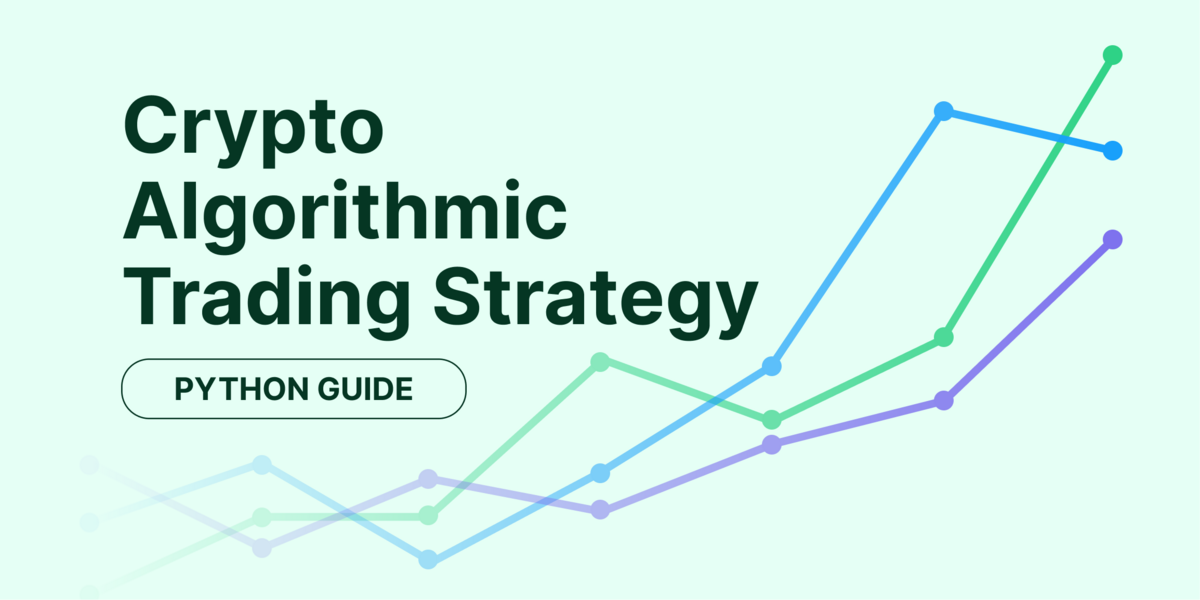Polygon is a protocol and framework for building and connecting Ethereum-compatible blockchain networks. Its growing popularity makes it clear that there is a need for cheap and ultra-fast transactions. We took a deep dive into the Polygon Ecosystem in our recent Virtual Meetup #13 on 17 June 2021 @ 9AM EST.
CoinGecko’s Virtual Meetup is our live online community event where we explore different key topics in the crypto sphere and invite industry leaders to share their two satoshis.
In this meetup, we talked to Arjun Kalsy (VP Growth at Polygon), Marc Zeller (Integration Lead at Aave), and Sameep Singhania (Founding member of QuickSwap) about Polygon’s traction, whether it’s a sidechain, and more!
How has the traction been for Polygon compared to other chains?
Arjun highlighted that it has been a very interesting time for scaling solutions in general. “What worked for Polygon is that we’ve always seen ourselves as a natural extension of Ethereum so it’s easier and more familiar for users and developers to use,” he said. Arjun then ended by saying that, “One very understated quality of Polygon is that transactions are extremely fast and very inexpensive.”
Why did Quickswap and Aave decide to build/expand on Polygon instead of other chains?
For Quickswap, Sameep found that the best thing about Polygon is the developer and community support from the Polygon team. He added that, “We wanted to give another option to users to trade freely without worrying about the transaction cost and time.”
Meanwhile, Marc noted that for Aave, “The Ethereum gas fees are too high, it is only viable for the rich but we want to build a product for everyone. We wanted to find a solution to provide for everyone and the best solution for that is Polygon.”
There was a huge discussion about whether Polygon is a sidechain or L2. Does the difference matter?
When it comes to Polygon’s status, Marc said, “It really doesn’t matter because the focus is for all of us to contribute and build a perfect solution and right now it works.”
Arjun agreed with Marc and also included that, “When you think about it, ultimately the problem that you’re trying to solve is scalability. If we want to build something large, we need to do it the right way and it can be tough and it’s a lot of hard work but I believe that you have to be extremely decentralized and you need to build technology for the common man.”
Other L2 solutions are coming live soon, do you think they will take away the market share that Polygon is now accumulating?
Marc was quick to point out that, “We are working in the decentralized space so it makes zero sense for me that in the future everything will be centralized in one place. Instead, there will be multiple layers and multiple solutions that are going to work at the same time.”
While on the same page, Sameep highlighted that he thinks, “The focus is on interoperability with all the different solutions. Right now, I don’t believe there is any blockchain that can handle the load of the entire planet.”
“We recognise that the future will be multichain and there won’t be a single infrastructure to handle the entire planet’s transactions,” Arjun concluded.
What are your thoughts on NFT projects being deployed on Polygon?
It makes a lot of sense to Marc for NFTs to be deployed on Polygon because of the low transaction fees. To Sameep, “If it doesn’t make sense for the NFT to be on Polygon, then I don’t know where it would make sense.” From Polygon’s perspective, Arjun noted that, “There is rampant innovation for how NFTs can be used, both in and out of DeFi and many NFT projects are on Polygon.”
Are you worried about Sushiswap expanding to Polygon and do you have any plans?
Many projects are not concerned because it is not about competing against each other. Sameep said, “I am quite happy to see Sushiswap and Aave coming to Polygon because they will help to support and grow the ecosystem which will lead to more exposure.”
Chiming in, Marc explained that, “I really like the difference between DeFi and CeFi which is that when you enter DeFi, you need to drop this mentality that the winner takes all. When you enter DeFi you need to take on the mindset that `We're All Gonna Make It’.”
What will it be like for the Polygon ecosystem in the second half of 2021?
Speaking excitedly, Arjun answered, “From the technology aspect, we are continuing on the Polygon SDK technology and making it easier to use. On the ecosystem side a lot of cool and exciting things are going to happen especially with NFTs and gaming.”
Looking at the space as a whole, Sameep is of the opinion that, “We need more tools and services to come to Polygon such as Dune Analytics, Defiprime, and wallets built on DeFi to come to Polygon. This will improve user experience immensely and I think that’s what’s going to happen.”
To end the discussion, Marc added, “From the Aave side, we will be growing our new user acquisitions.” There are also plans to explore new scaling solutions such as Arbitrum, Optimism, and EIP-1559 which will be a game-changer for Ethereum.
Subscribe to CoinGecko Newsletter
Don’t miss out on our next Virtual Meetup! We’ll let you know when the next one is happening and who will be on it. Subscribe to our daily newsletter so that we can update you.

Stephanie is a Public Relations Specialist at CoinGecko who is enthusiastic about food, animals, and learning more about the cryptoverse. Follow the author on Twitter @StephanieGoh7 Follow the author on Twitter @StephanieGoh7









 Or check it out in the app stores
Or check it out in the app stores